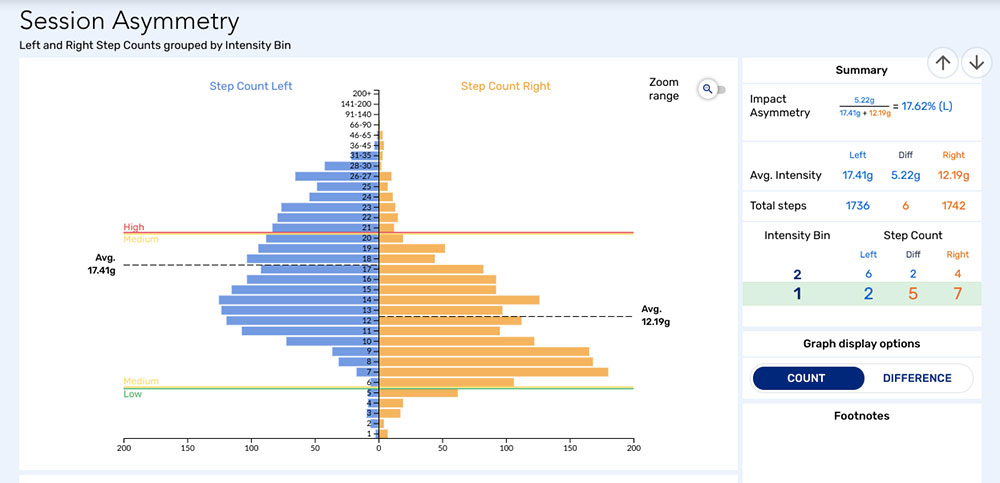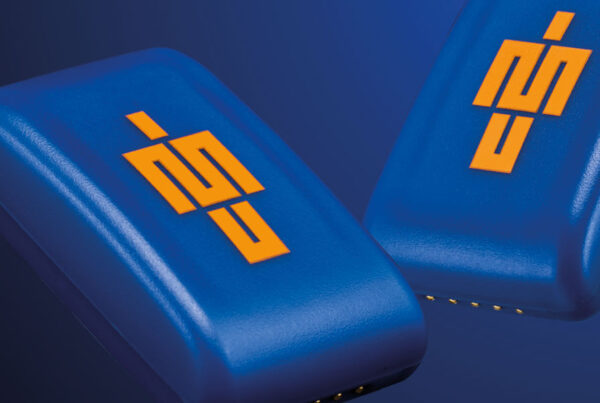Originally published on SportsTechie, written by Joe Lemire
My physiological evaluation turned psychological pretty quickly. Vicon-owned IMeasureU had offered journalists the opportunity to try its Blue Trident inertial sensors for a summer of training, culminating in a 200-meter run in honor of the Olympics.
Within seconds of joining a video call with two sports scientists for a post-mortem review of my IMeasureU data, the asymmetry of my gait—an 11.5% discrepancy in impact forces, favoring my left—was immediately apparent and prompted a probing question from James Grant, a certified athletic trainer who leads IMeasureU’s customer success department:
“Do you have anything in your past, like an old injury or anything, that would possibly be contributing to that asymmetry?”
Why, yes. I suffered two Jones Fractures in my right foot about a year apart, in 2008 and ‘09, a break of the fifth metatarsal along the mid-foot. It’s an area with poor blood flow and thus slow healing properties. None of my friends understood why I spent so long on crutches: five months, in fact, for the two injuries that I suffered while playing basketball and, sigh, wiffle ball. (Not until Kevin Durant missed the entire 2014-15 season due to a Jones Fracture did a buddy finally tell me, “Oh, now I get it. I guess you weren’t just being a wimp that whole time.”)
I should have had surgery after the first one but didn’t. But after I finally did get a three-inch titanium screw implanted in my foot 12 years ago, I have long since resumed normal activity—well, mostly. I haven’t played any pickup basketball since the operation. I run with high-end orthotics. And I apparently pound the pavement more with the other foot.
“There’s almost this threshold on a previously injured limb that athletes aren’t willing to go above,” says Daniel Greenwood, director of the human performance center at the University of Memphis. “It’s like the body’s almost got this inbuilt sort of safety mechanism. Your body is intuitively keeping it safe, without you realizing it.”

Everybody has a dominant leg to some extent. The one we naturally favor depends on “how much kicking you’ve done and how much change of direction stuff you’ve done,” he says.
Greenwood, who has trained several Olympians, says 5% is usually the upper limit for a normal discrepancy in left-right impact forces, but he isn’t too concerned about a 10% difference in athletes who have no injury history—no need to fix what’s not broken, after all.
But I did have a past injury, so I asked how he would train someone like me…


